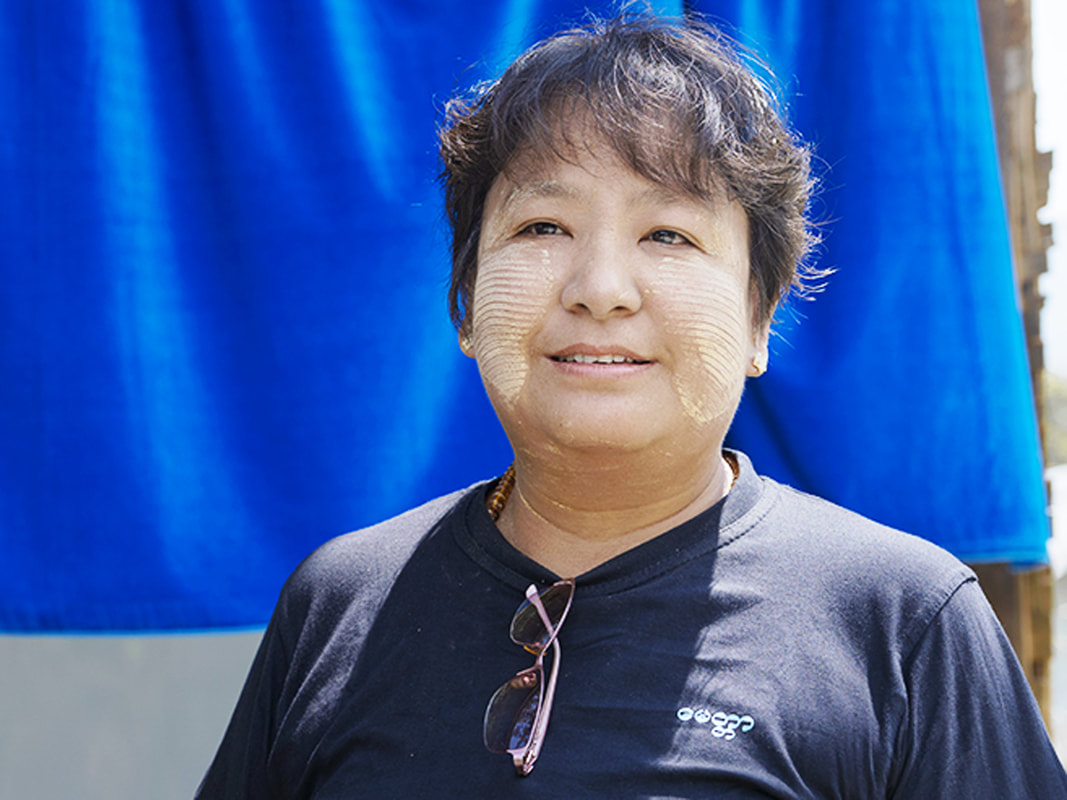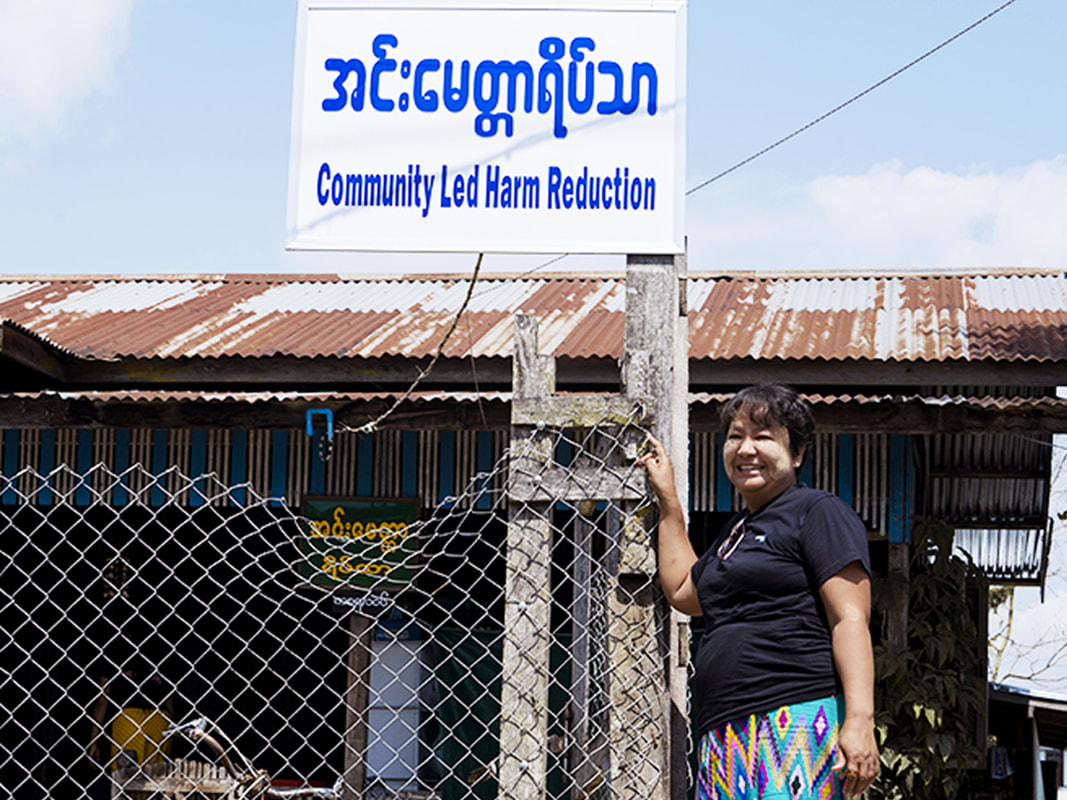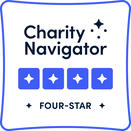|
As part of the USAID HIV/AIDS Flagship (UHF) project managed by UNAIDS through Community Partners International (CPI), project partner Metta Development Foundation (Metta) helps establish and support Local AIDS Committees (LACs) for HIV/AIDS prevention in communities in Kachin State and Shan State, Myanmar. We recently sat down with Daw Saw Yu Htwe, an LAC member at Metta’s project site in Nant Mon, Kachin State, to discuss how her perception of people who inject drugs (PWID) has changed through her involvement with the committee, and the importance of increasing access to harm reduction services within her community. In cities in Kachin State, HIV prevalence among people who inject drugs (PWID) is nearly 50%[1]. To reduce transmission of HIV and other viruses through shared needles and syringes, Metta is working to increase access to harm reduction services such as the Needle and Syringe Exchange Program (NSEP) at drop-in center locations. Harm reduction services aim to “prevent or reduce negative health consequences associated with certain behaviours,”[2] and is part of a wider UHF Project strategy to address the high HIV prevalence rate among PWID in Kachin State. LACs increase local ownership of harm reduction services and awareness about HIV/AIDS. From advocating for the construction of methadone maintenance treatment (MMT) clinics to conducting health education sessions at public schools, Metta’s LAC members play a key role in increasing access to harm reduction services, and decreasing stigma and discrimination against PWID and people living with HIV. How have you been personally affected by either HIV/AIDS or drug use? I have three children. Among my children, my eldest son didn't pass the matriculation examination for college. He was about to start using drugs, but I was able to stop him. Since the environment was not good and drugs were easily accessible, I realized that our children could only be good when our environment is good. We need to create a better community and a better environment. I cannot do this by myself; I have to work hand-in-hand with the community around me. In your opinion, why is it important to implement harm reduction services in your community? It’s related to health issues. HIV, hepatitis B virus (HBV) and hepatitis C virus (HCV) can be transmitted from shared needles. You cannot ask a regular user to stop using drugs immediately. They will try to use drugs either way. In order to help them, since they are a part of the community, you have to help the community as well. You have to help drug users interact with the community. You have to help them repair and maintain their relationship with the community, which is why we provide clean syringes in exchange for used syringes[3] so that children do not accidentally step on them and drug users do not reuse them. Please tell us briefly about your LAC.
The committee members are all from this community. We founded the committee with support from Metta. Since Metta’s project here may end one day[4], I think this committee should also be based on the knowledge and perseverance of local people in order to make this sustainable. The committee consists mostly of chairpersons of social service organizations, retired teachers, hospital administrators and local volunteers. Just like the name of the organization[5], the committee does everything out of “loving kindness.” Please describe some activities your LAC has implemented. The committee was founded in 2016 and there was less activity back then. In 2017, we helped give seminars at public high schools about the harmful effects of narcotic drugs. The staff members from Metta made presentations and we connected them with schools. We started to connect Metta with the public, social enterprises and even government officials. We plan activities together with [Metta Center Coordinator] Doi Tsin from Indawgyi Metta. Indawgyi has eleven local villages. We help drug users have access to methadone[6] [as part of Opioid Substitution Treatment]; we hold education sessions about how to use syringes without transmitting HIV, HCV, and HBV; and we provide new syringes. What are some challenges to implementing project activities? Some students in high school start using drugs when they are in eight, ninth or tenth grade. When we know this, we feel the need to take care of them and protect them. We often run into difficulties with their parents. Although parents may know about their children’s drug use, they do not really want to accept it when other people tell them. We have to help parents accept that fact. It’s probably the most sensitive time because you can either make mistakes in the process of trying to help them or do something good. Speaking for yourself, how has your perception of PWID changed as a result of joining this LAC? In my heart, I started to see them as my own children. Before, despite my well-intentioned desire for them to not become dependent on drugs, I found it difficult to trust drug users or have faith in them. But after working with Metta, interacting with drug users and attending Metta’s classes, I re-evaluated my attitudes and approaches. I started thinking of how we can help and support them. I started thinking of them as my own children, putting “loving kindness” first in my thoughts and actions. This interview has been translated and edited. The views and opinions expressed within this interview are those of the interviewee and do not necessarily reflect the views and opinions of PEPFAR, USAID, UNAIDS, Community Partners International or Metta Development Foundation. The UHF Project is funded by USAID under PEPFAR through UNAIDS Myanmar. Community Partners International is providing project implementation support and management to partner organizations. The UHF Project is providing support to Metta Development Foundation’s drop-in centers in Kachin and Shan States. [1] According to the Myanmar Integrated biological and behavioral survey (IIBS) PWID, 2014, HIV prevalence among male PWID respondents in Bamaw and Waingmaw were 45% and 47%, respectively. [2] "Harm reduction among injecting drug users." World Health Organization. Accessed July 31, 2018. http://www.wpro.who.int/topics/harm_reduction_injection/en/. [3] Through the NSEP program, PWID clients can receive sterile needles and syringes (for HIV prevention) in exchange for used needles and syringes. [4] Metta believes in the potential of all people and communities, and conserves and builds on the resources that already exist. In order to make the project sustainable, Metta establishes LACs at all project sites. After forming LACs and mobilizing communities, Metta provides technical support to the LAC and conducts various trainings on HIV/AIDS and harm reduction. The purpose of these trainings is to build the capacity of the LAC so that members can eventually run and drive the project forward independently. Once a project is stable, Metta gradually phases out of the project location, leaving the community to take charge. This process takes several years and varies between project locations. [5] Metta is founded on the concept of “metta” or “loving kindness.” Metta works with the most disadvantaged communities regardless of ethnicity, religion or gender and strives to respect the diversity of peoples – their different cultures, values, customs and traditions. [6] Methadone is used for opioid substitution treatment (OST). It is prescribed and administered at Methadone Maintenance Treatment (MMT) clinics in Kachin State. The LAC in this project location successfully advocated for the construction of an MMT clinic. The clinic is expected to open soon. Metta will provide support with two nurses. Currently, the LAC supports the cost of travel for PWID clients to receive methadone at an MMT center in another village. Comments are closed.
|
AuthorCPI Admin Archives
July 2024
Categories
All
|
|
|
COMMUNITY PARTNERS INTERNATIONAL
580 California St Fl 16, Ste 1658, San Francisco, CA 94104-1068, USA [email protected] +1 510 225 9676 We are a registered nonprofit 501(c)(3) Public Charity. TAX ID 94-3375666 |
©
Community Partners International



 RSS Feed
RSS Feed
